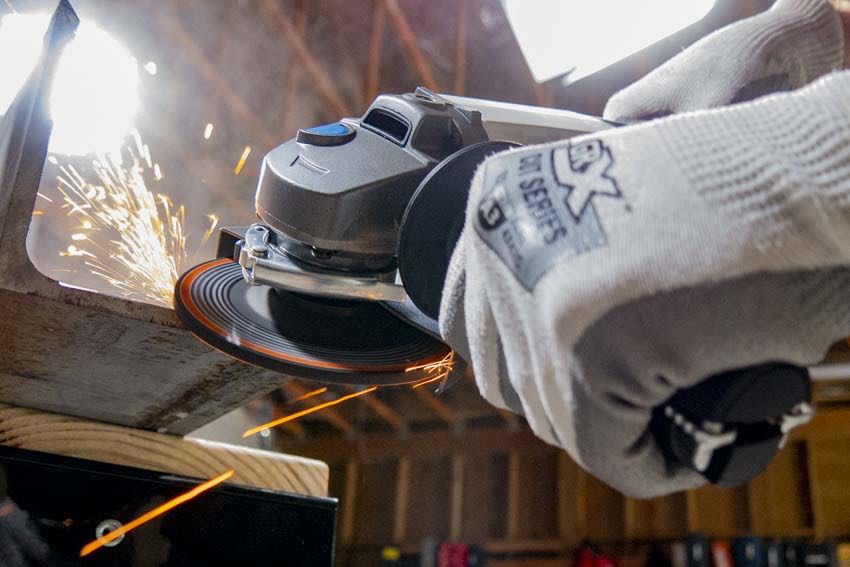The Number Of Angle Grinder Uses Make It A Must-Have Power Tool
When you think of the must-have power tools your should own, what comes to mind? A drill, an impact driver, and a circular saw usually make everyone’s list. But what about an angle grinder? Understanding what an angle grinder is used for opens your mind to just how useful these tools are. So, here are five reasons you should own one.
#1 Cutting Metal
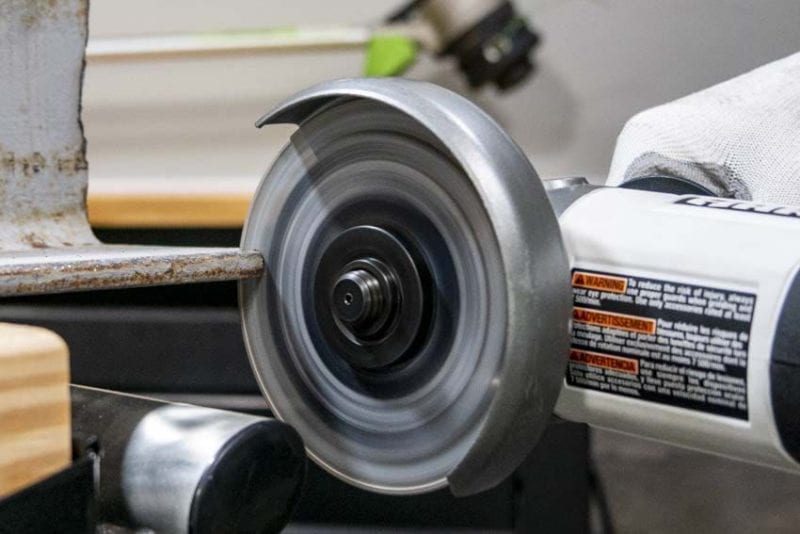
Using an abrasive or diamond wheel, cutting metal is one of the common uses for an angle grinder. It can be a less-expensive alternative to a plasma cutter for fabricators. Masons can use them to cut off rebar. Commercial contractors might use an angle grinder to cut metal studs. Pros in the oil/gas and plumbing industries use them to cut metal pipes.
Around the house and garage, it’s great for cutting off frozen bolts, trimming down threaded rods, and cutting metal to shape for a variety of weekend projects.
Because of their thinner nature, abrasive cut-off wheels have a higher risk of coming apart, so be sure you’re always using the guard and safety glasses. You might want a thick apron as another layer of protection for your chest.
#2 Grinding/Polishing Metal
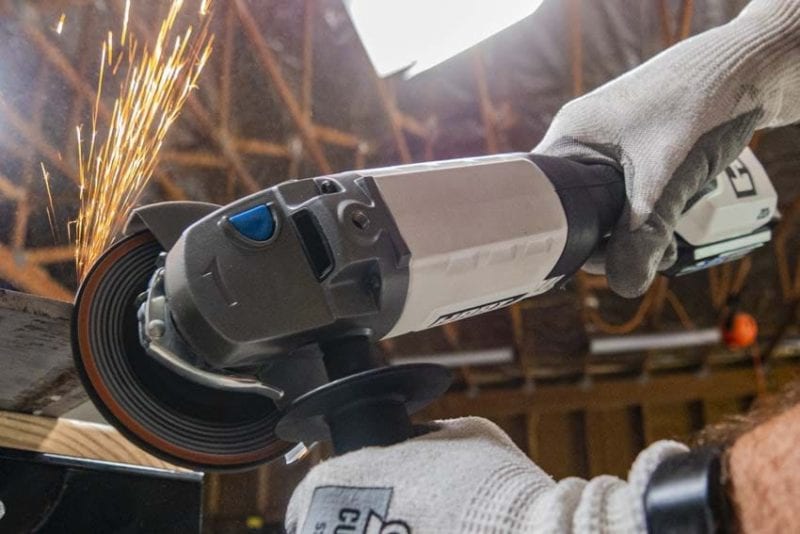
When you use an angle grinder for grinding and polishing metal, there are several wheels you might use. Some remove material aggressively and help you remove bumps or grind down welds so they’re flush to the connection. Other wheels remove material less aggressively and can even out the look or bring the metal back to a beautiful smooth shine. Then there are polishing wheels you can use to add a polishing compound to give the metal its best finish.
If you want to spend more time smoothing and polishing, look for an angle grinder with adjustable speeds. You’re less likely to damage your workpiece at slower RPMs, and grinders don’t have variable speed triggers.
One of the most common ways to use an angle grinder around the house is to sharpen your lawn mower blades, axes, and hatchets. It’s arguably easier with a bench grinder, but plenty of people use angle grinders effectively. It’s a rough process and you’ll want to follow up with a sharpening stone to get the best edge.
#3 Cleaning Metal
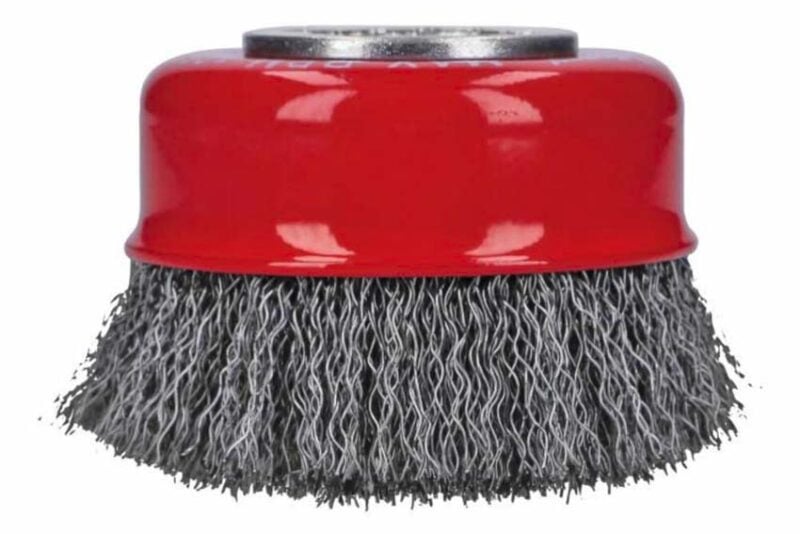
If you have a metal with paint or rust that needs to come off, it’s another great use for an angle grinder. A wire brush cup or wheel can knock both off without digging into the metal the way a grinding wheel would. A plastic/nylon stripping disc works slower but is less likely to damage the material underneath, so it’s a good choice for removing paint and lacquer.
Be careful when you’re using an angle grinder for cleaning, though. Paint and rust can come off in small enough bits for you to breathe them in, so be sure you’re using a mask in addition to your safety glasses and hearing protection.
#4 Cutting Masonry, Stone, and Tile
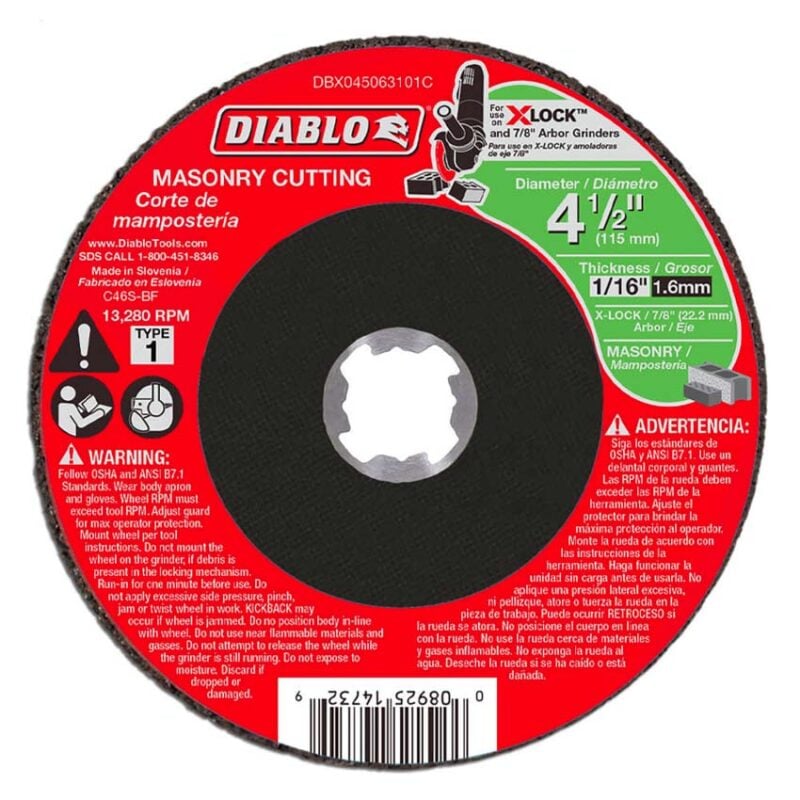
Metal isn’t the only material you use an angle grinder for. With a steady hand, it’s an effective alternative to tile saws or cut-off saws for small-scope work with tile, masonry, and stone. Similar to metal cutting, you’re most likely going to use an abrasive or diamond wheel for cutting these materials. Be sure to check the package, though. There are different wheels for cutting metal and masonry.
This is another application that you want to pay close attention to your PPE on. Cutting these materials throws up dust you can breathe in that’s not at all good for your lungs. There are special grinder accessories that let you attach a vacuum to pull in the dust. At the very least, a mask is a no-brainer.
#5 Clearing Grout/Mortar
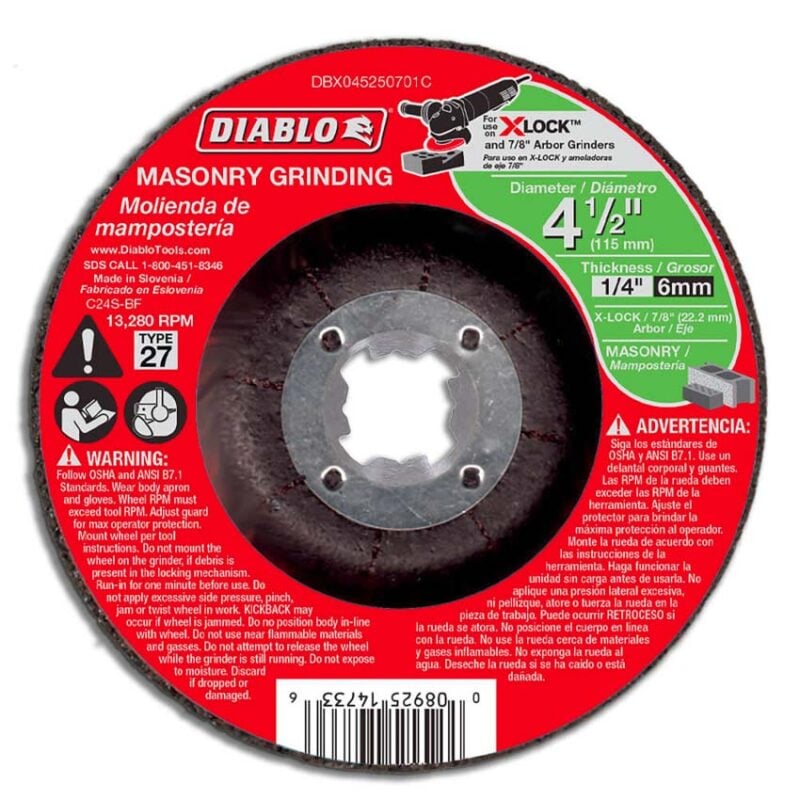
Similar to cutting masonry materials, you can also use an angle grinder to clear grout or mortar. Because these materials are usually in a thick line, you use a thicker grinder wheel to clear them in fewer passes.
Clearing grout and mortar introduces airborne dust, so stick to the same accessories and PPE as you do with cutting masonry products. If you’re working in an enclosed space, such as a shower, you might be better off with an oscillating multi-tool to remove grout.

